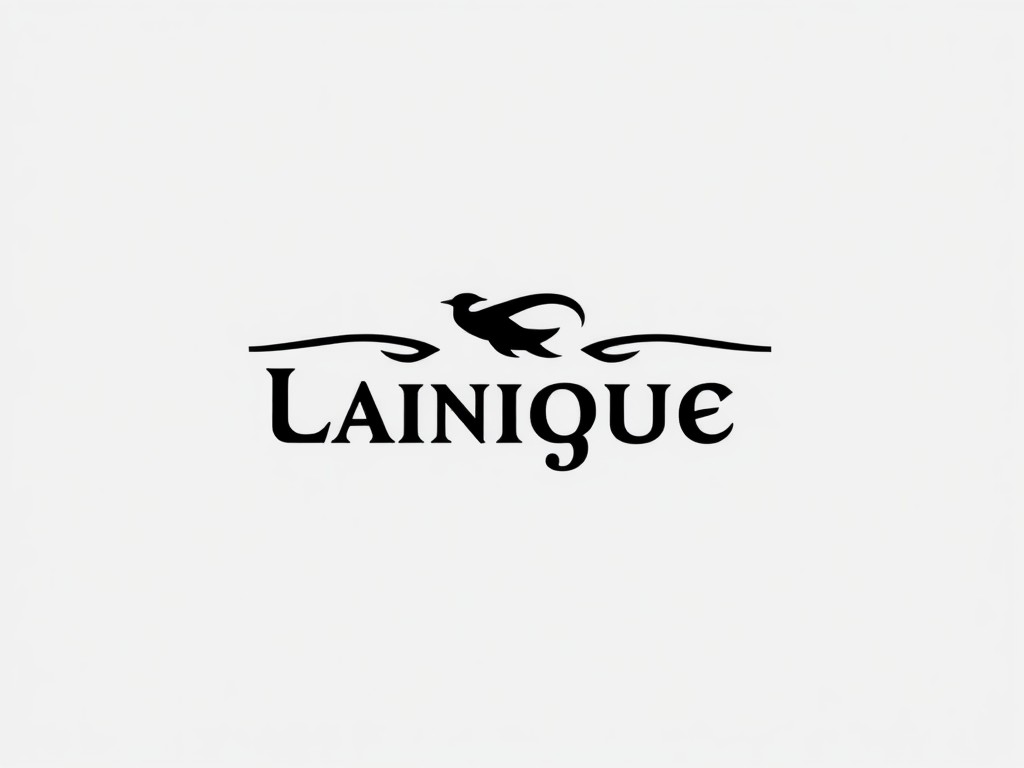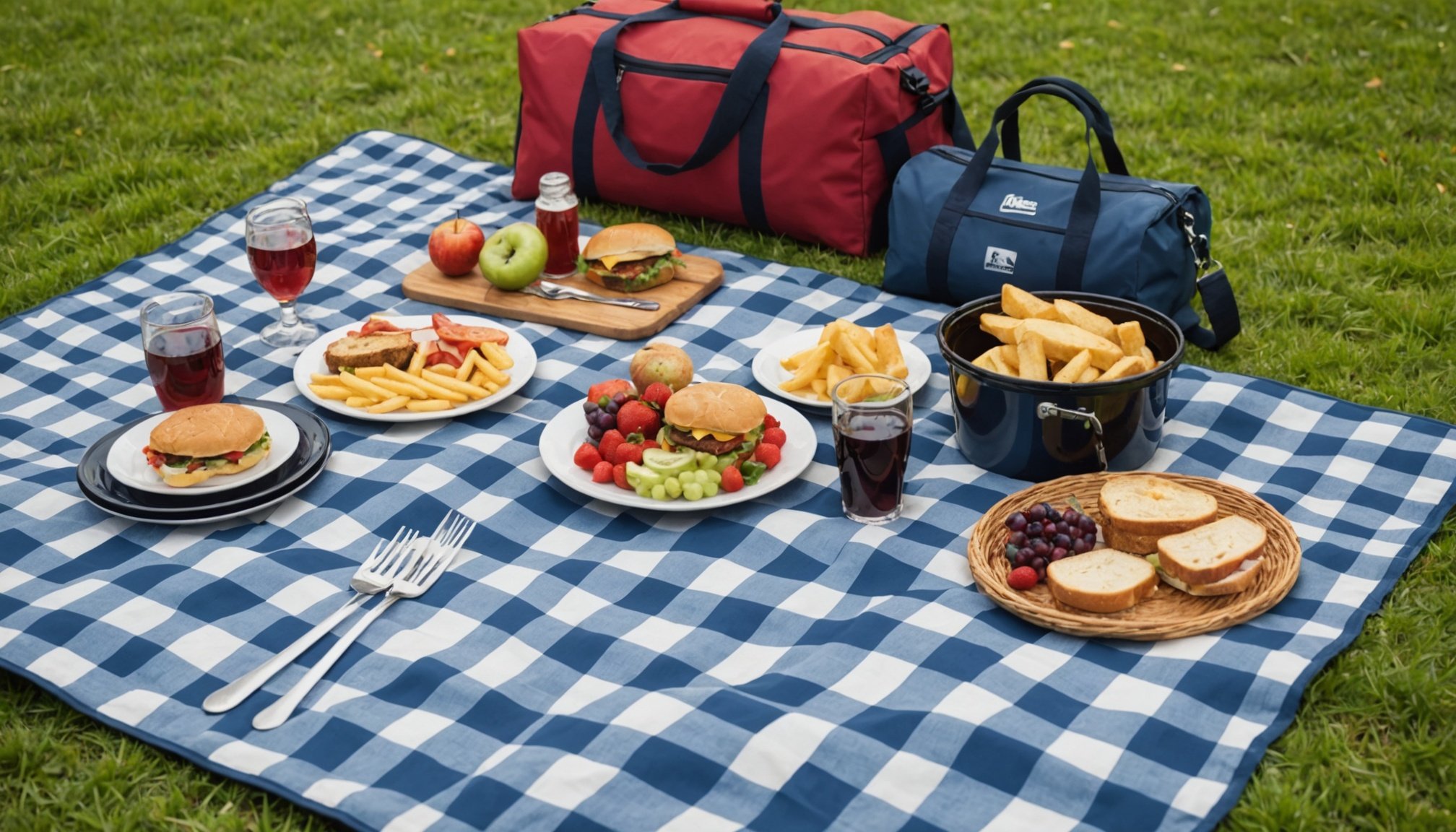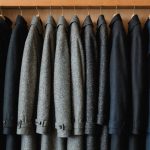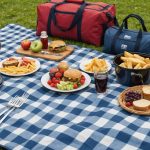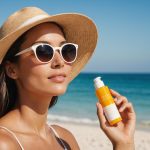Durability Factors for British Weather
Selecting durable picnic blankets is vital for withstanding the notorious British climate. Outdoor excursions and the British weather demand materials that resist wear and tear. The frequent rain and unpredictable conditions can challenge a picnic blanket’s durability. Therefore, choosing the right material becomes integral to ensuring that the picnic blanket lasts long through rough and varied use.
When assessing the durability of picnic blankets, it’s important to consider materials that can survive repetitive use and exposure. Fabrics like polyester, known for its strength and resistance to both moisture and physical damage, often perform well in the UK climate. Nylon, with its resilience, is another common choice, noted for repelling water and resisting abrasions. PEVA (Polyethylene Vinyl Acetate) also stands out for maintaining its integrity under moisture-laden conditions, making it a viable option in the often damp and humid British weather.
Topic to read : Explore the art of bespoke denim: a definitive guide to british designers creating one-of-a-kind custom jeans
Testing these materials under typical UK climate challenges gives insight into their longevity. User experiences frequently highlight these materials’ ability to thrive despite the challenges posed by the weather. Many users report satisfactory performance over time, emphasizing the significance of selecting the right materials for enduring unpredictable British skies.
Importance of Material Selection for Waterproof Picnic Blankets
Choosing the right waterproof picnic blanket materials is essential to enhance outdoor experiences under the changeable British weather. Selecting the appropriate material involves understanding key factors that influence performance, especially in wet conditions. The typical British climate, characterised by frequent showers and damp environments, necessitates materials that maintain durability and longevity over time.
Also to see : Ultimate guide to sustainable activewear fabrics: discover the best eco-friendly choices for uk fitness lovers
One critical factor is the inherent water resistance of materials such as polyester, nylon, and PEVA. These materials are designed to repel moisture, ensuring a drier surface during use. While polyester is admired for its quick-drying properties, nylon offers strength alongside water resistance. PEVA adds value by combining flexibility with moisture protection, suitable for rainy days.
Durability extends beyond water repellency. Materials must withstand continuous outdoor use, adapting to rugged terrains without compromising their integrity. High-quality waterproof blankets made with these materials often showcase robust construction, promising longevity despite weather challenges. This durability ensures that picnics remain enjoyable without frequent disruptions from unexpected rainfalls.
Selecting resilient materials that suit the British climate not only prolongs the life of picnic blankets but also enhances user comfort and satisfaction. It’s a decision that balances durability, practicality, and performance, making every outdoor adventure more reliable.
Common Materials Used in Waterproof Picnic Blankets
When selecting waterproof blanket materials, it’s crucial to understand their characteristics to determine their suitability for the British climate.
Polyester
Polyester is valued for its impressive moisture resistance and quick-drying capabilities. It maintains its structure under wet conditions, making it a popular choice for picnic blankets. The material’s resilience allows it to handle temperature fluctuations without deteriorating, ensuring longevity even with frequent use. However, polyester may offer less breathability, which can affect comfort.
Nylon
Known for its robust strength, nylon is highly resistant to abrasions, making it perfect for rough outdoor terrains. Its inherent water repellence ensures a dry surface during unpredictable British weather. Nylon’s durability is often praised in user reviews, highlighting its ability to withstand varying temperature and moisture levels. However, it can sometimes feel less flexible compared to other materials.
PEVA (Polyethylene Vinyl Acetate)
PEVA combines flexibility and moisture protection, essential for maintaining comfort and dryness. Its softness adds a comfort layer, making it an attractive choice for picnic enthusiasts. PEVA performs admirably in moist, humid conditions, typical of British weather, retaining its form effectively. However, it can degrade under prolonged exposure to intense sunlight.
By understanding these materials’ traits, you can effectively select the best one for your outdoor excursions in the UK climate.
Insulation and Comfort Considerations
Choosing the right insulation picnic blanket can significantly enhance your outdoor comfort, especially when faced with typical British picnic conditions. Insulation properties play a crucial role in determining how well a blanket retains warmth and ensures user comfort in varied weather.
Different materials offer distinct insulation benefits. Polyester is appreciated for its ability to retain heat, providing a warm surface during cooler days. Meanwhile, nylon generally offers less insulation but compensates with its durability and moisture resistance, crucial in maintaining a comfortable and dry experience. PEVA, with its cushioned feel, adds a layer of comfort, making it a preferred choice for those who prioritize softness alongside insulation.
Insulation affects not only warmth but also the overall feel of the blanket. A well-insulated blanket can make sitting on the ground more pleasant by providing a barrier against cold and dampness. Hence, it’s essential to balance insulation with other factors such as durability and water resistance. For picnics in the variable British weather, a multi-layered blanket that combines these attributes can offer both warmth and practicality, making your outdoor experience more enjoyable regardless of the conditions.
Maintenance and Cleaning Tips for Waterproof Blankets
Ensuring your cleaning waterproof picnic blankets effectively can greatly extend their life and maintain their functionality in the unpredictable British weather. Proper cleaning not only preserves the blankets’ waterproof properties but also enhances their durability and longevity.
Recommended Cleaning Methods
Different materials require specific cleaning techniques. For polyester and nylon blankets, a gentle hand wash using mild detergent in lukewarm water is ideal. Avoid harsh chemicals that can deteriorate waterproof coatings. For PEVA, simply wiping the surface with a damp cloth is often sufficient due to its resilient nature.
Importance of Maintaining Waterproof Properties
Preservation of waterproof features is crucial for waterproof picnic blanket materials. Regular inspection for any damage or wear, especially in seams or edges, ensures ongoing performance. Addressing minor damages promptly can prevent water ingress and extend the blanket’s usability.
Storage Tips
Proper storage is key to prolonging the life of the blanket. Ensure the blanket is completely dry before storing to prevent mould growth. Store in a cool, dry place away from direct sunlight to minimise material degradation. Folding the blanket neatly also prevents unnecessary stress on seams and edges.
By adopting these care practices, your picnic blanket will remain a reliable companion for many outdoor adventures.
Waterproof Ratings and Performance Metrics
Understanding waterproof ratings in picnic blankets is essential for making informed choices, especially considering British weather demands. These ratings quantify the level of water resistance a material can offer, often described in millimeters. For instance, a 1,000 mm rating means the fabric can withstand a water column of up to one meter without leaking. This metric helps in assessing a blanket’s ability to endure heavy downpours or moist conditions frequently encountered in the UK.
Key Performance Metrics
Waterproof ratings are complemented by other metrics like breathability and durability. Breathability is crucial for comfort, ensuring that moisture doesn’t get trapped underneath, causing discomfort during prolonged use. Durability involves testing the material against wear and tear, providing insights into how well it can maintain its waterproof capabilities over time.
Brand Comparisons
Comparing brands based on waterproof ratings and these performance metrics can aid in selecting a blanket tailored to specific needs. Brands like Vango and Picnic at Ascot often feature in reviews with high waterproof ratings and durable construction, making them popular choices among outdoor enthusiasts. By evaluating these aspects, users can confidently choose a blanket that aligns with their outdoor plans and weather conditions.
